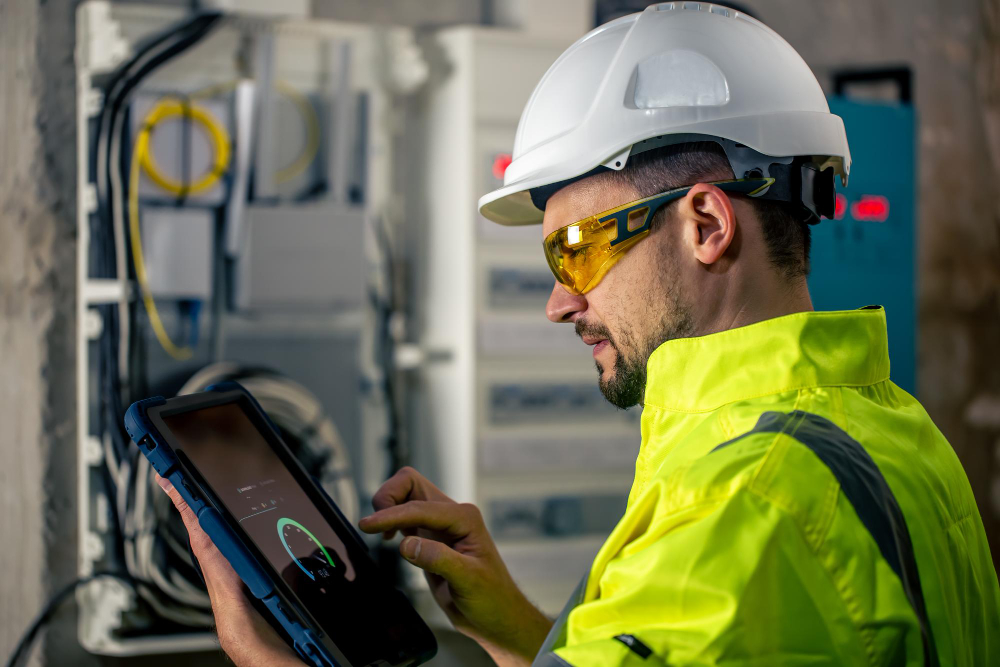In the rapidly evolving world of electrical systems, outdated protective relays can be a hidden liability. While these devices may continue to function for decades, the reality is that legacy electromechanical or early-generation digital relays lack the precision, flexibility, and real-time capabilities of modern alternatives. If your facility still relies on aging relay technology, it’s time to consider retrofitting — not just as an upgrade, but as a strategic move to enhance safety, performance, and reliability.
Why Retrofitting Relays Matters More Than Ever
Protective relays are the first line of defense in your power system. They detect abnormal conditions—like overcurrent, overvoltage, or earth faults—and issue trip signals to circuit breakers to isolate the problem.
Outdated relays, however, come with a set of challenges:
- Slower response times
- Limited protection functions
- Lack of communication capability
- Difficult calibration and maintenance
- Scarcity of spare parts or vendor support
These limitations expose your facility to higher operational risk, longer downtime, and costly maintenance. Retrofitting addresses all these pain points—without the need for full panel or switchgear replacement.
What Is Relay Retrofitting?
Relay retrofitting is the process of replacing outdated relays with modern numerical relays while retaining most of the existing infrastructure. This involves:
- Evaluating the existing relay panel and wiring
- Selecting compatible retrofit kits or plug-in replacements
- Performing design and engineering updates
- Installing and testing the new relays
- Integrating them with your SCADA or monitoring system
Modern relays offer multi-function protection, automation, event recording, and communication—all in a compact, reliable package.
Key Benefits of Retrofitting Outdated Relays
- Enhanced Protection & Faster Fault Detection
Old electromechanical relays often respond in milliseconds slower than their modern counterparts. In critical systems, that delay can mean:
- Increased arc flash energy
- Greater equipment damage
- Longer system downtime
Modern numerical relays provide precise fault detection and faster trip times, helping protect both people and equipment.
- Multi-Functionality in One Device
Legacy relays typically provide single-function protection (like overcurrent or earth fault). Modern digital relays can combine:
- Overcurrent, voltage, and frequency protection
- Distance and differential protection
- Auto-reclose and synch-check functions
- Event and fault recording
This means fewer components, cleaner panels, and more comprehensive system oversight.
- Improved Reliability & Reduced Maintenance
Electromechanical relays have moving parts that wear over time. They require:
- Frequent manual testing
- Mechanical adjustments
- Regular calibration
Numerical relays, on the other hand, are solid-state devices with self-diagnostics, reducing maintenance needs and increasing uptime.
- Seamless SCADA & Remote Communication Integration
One of the biggest drawbacks of outdated relays is the lack of communication capability. Retrofitting allows:
- Integration with SCADA and HMI systems
- Real-time data monitoring
- Remote trip and reset functions
- Event logs and fault analysis
These features help in faster decision-making and root cause analysis—a major win for operational efficiency.
- Cost-Effective Modernization
Full switchgear replacement is expensive and disruptive. Retrofitting offers:
- A fraction of the cost
- Minimal downtime
- Retained infrastructure like CTs, PTs, and panel wiring
This makes it a high-impact, low-risk investment that aligns with maintenance budgets and capital plans.
Signs That Your Facility Needs Relay Retrofitting
You may need to upgrade if:
- Your relays are 15+ years old and no longer supported by the manufacturer
- You’re experiencing nuisance trips or missed fault detections
- You’re unable to integrate relays into your SCADA system
- You’re facing challenges sourcing spare parts
- Maintenance or testing intervals are becoming increasingly frequent
A Typical Retrofitting Process
- Assessment: Identify existing relay types, functions, and wiring configurations.
- Engineering Design: Choose compatible modern relays and design retrofit plans.
- Procurement & Fabrication: Source relays and prepare retrofit kits or mounting plates.
- Installation & Testing: Replace, wire, and test new relays in accordance with standards.
- Training & Integration: Update documentation and train staff on new systems.
With minimal panel modifications and structured planning, most retrofits can be completed during scheduled outages or over a weekend.
Real-World Impact: Performance + Peace of Mind
Retrofitting outdated relays results in:
- Fewer false trips
- Shorter fault clearance times
- Real-time fault recording and analysis
- Improved compliance with safety standards (e.g., IEC 61850, IEEE 1584)
- Greater confidence in your protection scheme
For industries like utilities, data centers, petrochemicals, and manufacturing, relay retrofitting becomes more than just a technical upgrade—it becomes a critical operational advantage.
Conclusion: Out with the Old, Power Up with the New
The question isn’t whether your old relays are still working. The real question is: Are they doing enough to protect your system, people, and assets?
Relay retrofitting offers a clear path to modernizing your protection system without breaking the bank or overhauling infrastructure. It boosts reliability, improves safety, and future-proofs your facility for smarter operations.
Upgrade your protection system with our specialized Relays Retrofitting Services.
Enhance reliability, safety, and performance without complete replacement.
Contact us today for expert Relays Retrofitting Services tailored to your setup!






